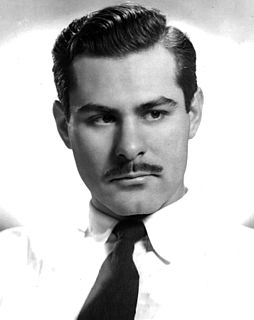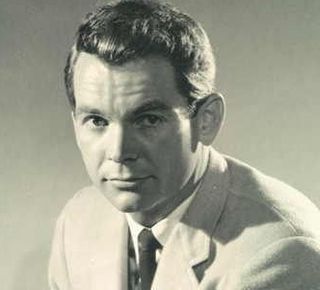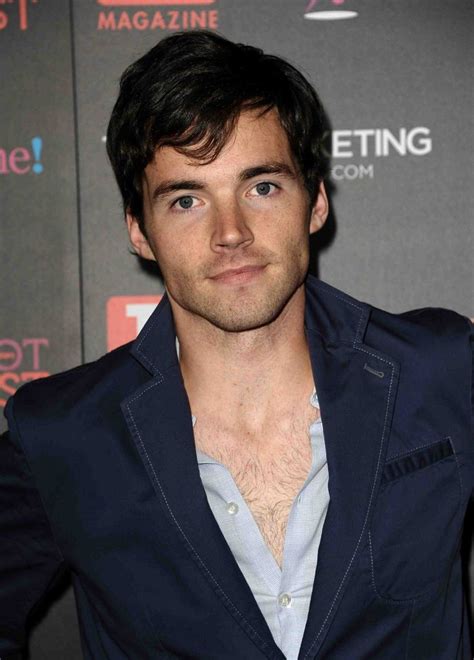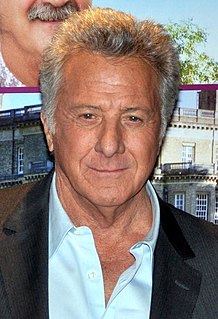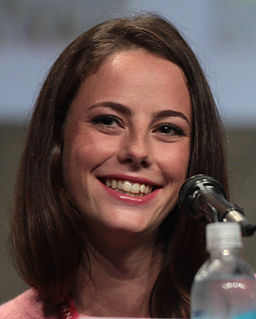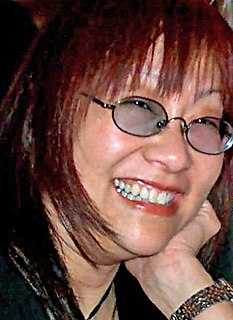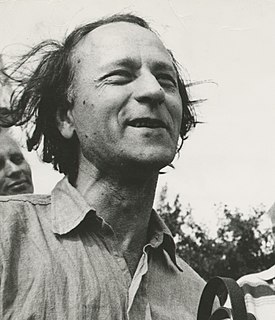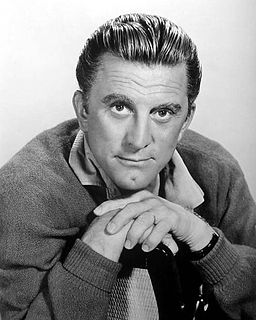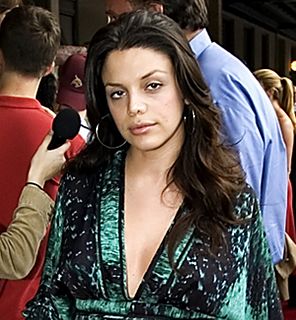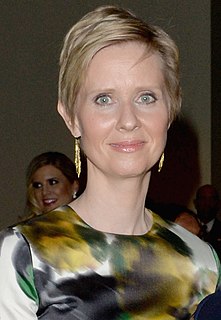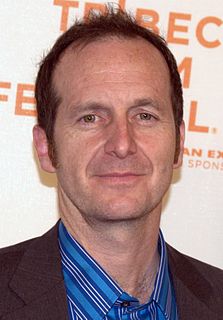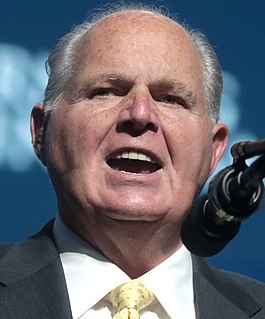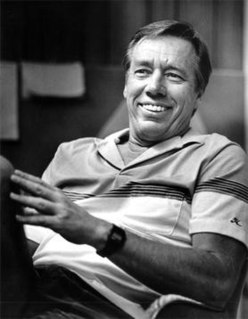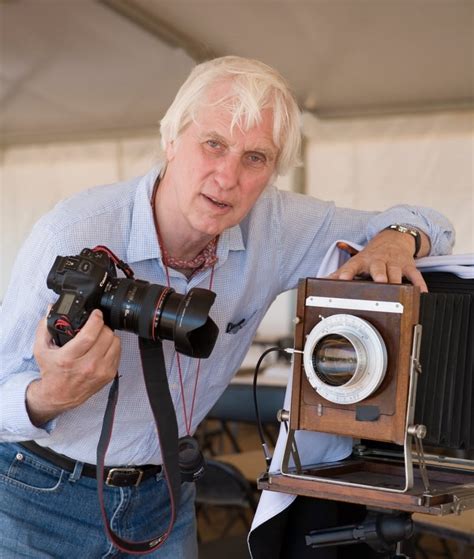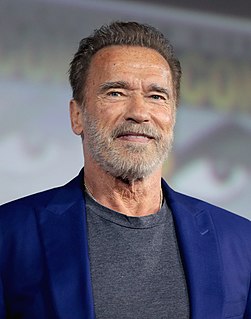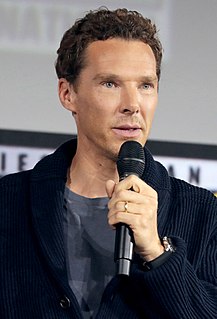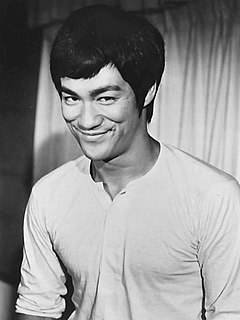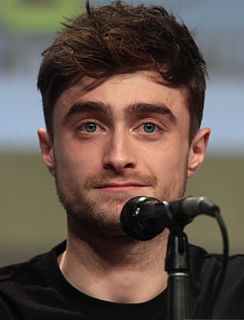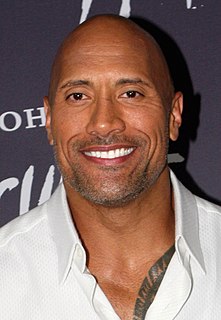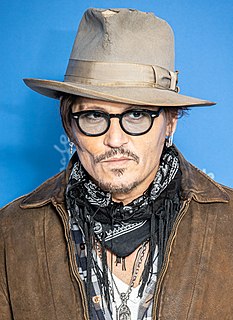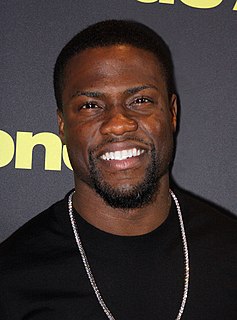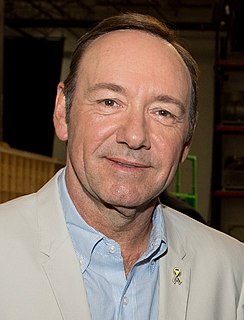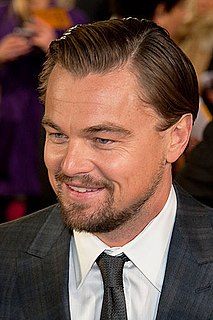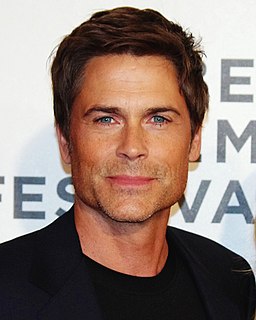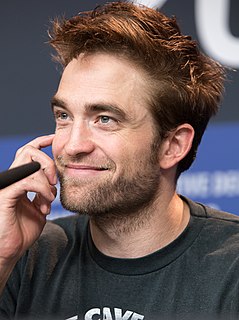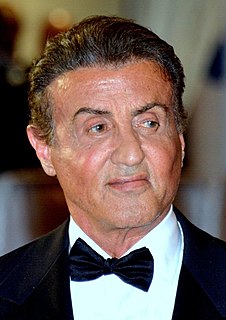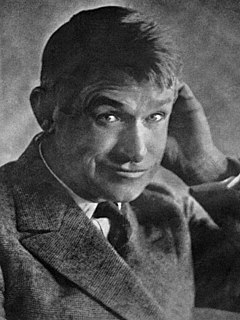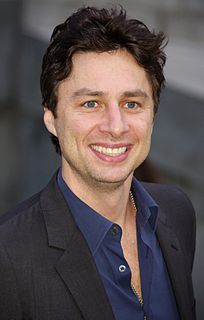A Quote by Sam Wanamaker
Two planeloads of California actors and directors flew to Washington in support of the Hollywood Ten, and some of us, like John Garfield, came down from New York. There's a very famous Life magazine cover with Bogart and Bacall sitting in the hearing room. I was in between them.
Related Quotes
After 50 years in the motion picture business, I'm still learning my trade. This recent shoot of 'Mandie and the Secret Tunnel' was a revelation. The two young directors, Joy Chapman and Owen Smith, represent a group of actors, directors, and cinematographers all over the country that never show up in New York or Hollywood.
Usually, those people don't even like actors and they can't wait until they get in the cutting room. They kind of break down in categories: directors who like to be surprised and some of them abhor being surprised. As far as directing, we all direct when we're acting in movies... every single one of us.
When I first started out, it was very, very difficult to even get in the room with directors or casting directors because they would see that I hadn't been to drama school and wouldn't want to see me. Now, I feel like it's changing. We have this new generation of a lot of writers, directors and actors who are just breaking through, and they're doing it for the passion.
My first job was on Broadway. Then I went into the Navy. When I came out of the Navy, I went back to Broadway and a friend of mine, Lauren Bacall, was in Hollywood filming with Humphrey Bogart. She told one of her producers I was great in my play, and he saw it and cast me in 'The Strange Love of Martha Ivers'.
Between New York and L.A., and all of us who are actors, I feel like we're just one big, cast repertory company, all running back and forth between the coasts and between different shows. There is a wealth of great character actors, who show up, here and there, on different shows. I love the fact that we're allowed to do that.
Everything I learned and didn't do in New York I would put into place here in the London West Hollywood. It's fascinating, when you look at the critics' reviews, and we had a great one in the New York Observer and all that, and then the New York Times came and it was a devastation; two stars out of four. They said that I played safe because it wasn't fireworks. Then they judged the persona over the substance that was on the plate.
That's what I'm doing here, throw out New York and California, Donald Trump wins the popular vote by nearly three million votes. But you can't throw out New York and California. This is exactly why we have the Electoral College. Had there been no Electoral College and had the election be defined by the popular vote, I guarantee you that the two states where the candidates would have been all the time are New York and California. There would have been some time in Texas and they would have ignored the vast majority of people in the country.
